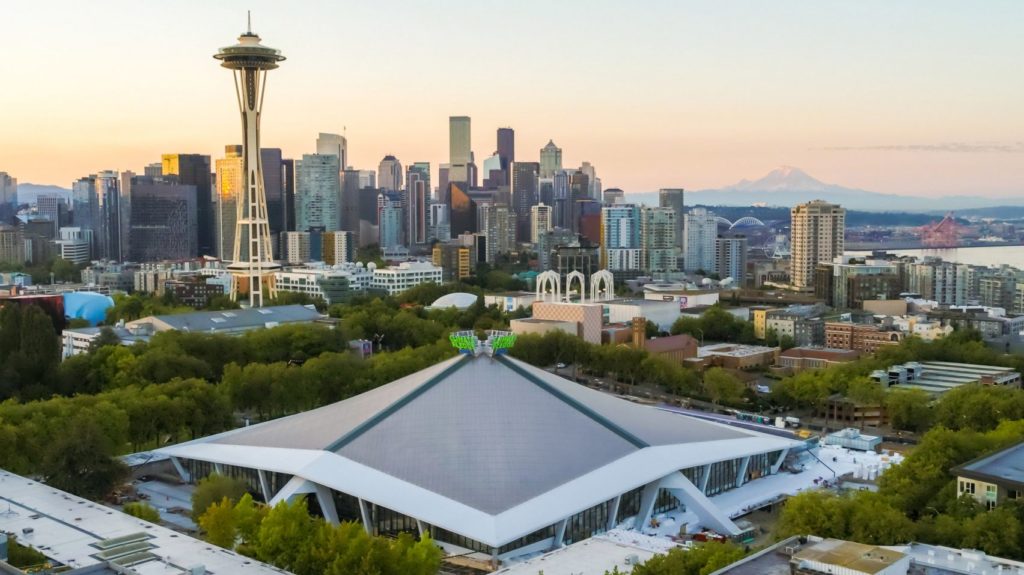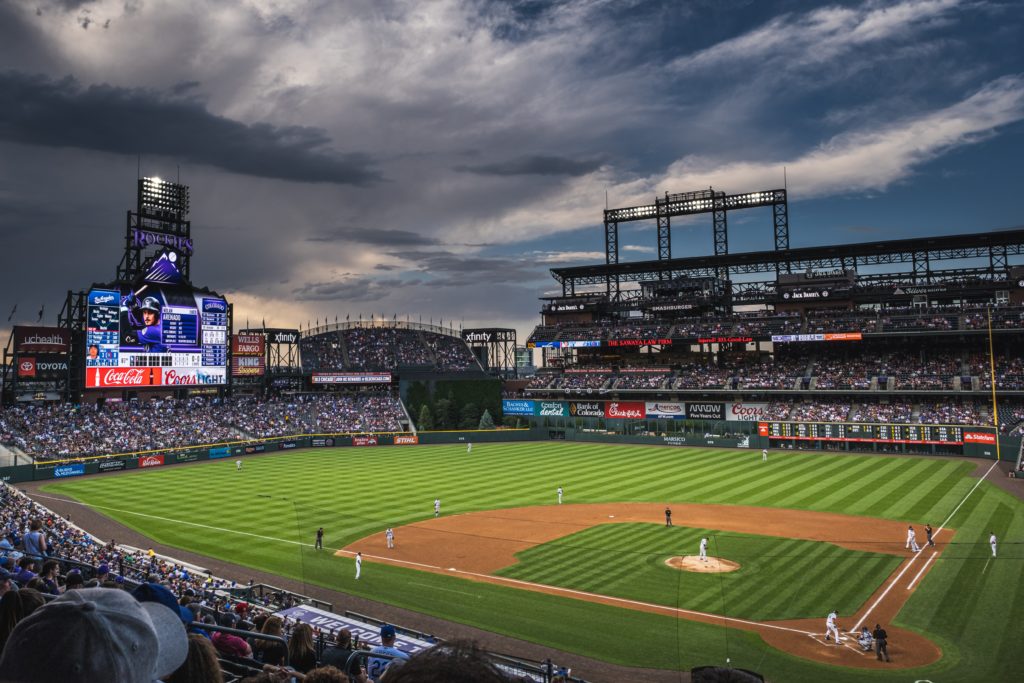This article first appeared on The Sustainable Business newsletter which you can follow on LinkedIn.
With this past weekend’s exciting Super Bowl between the Kansas City Chiefs and the Philidelphia Eagles, and with December’s epic World Cup final still fresh in our memories, the world just experienced two of its biggest sporting events within 60 days of each other. With this backdrop, I’ve been thinking about the sports world recently — and more specifically, how the sports industry connects to sustainability.
Traditionally, sustainability has been an afterthought in sports — if it is even thought of at all. Sports teams and leagues are first and foremost about competition, so it makes sense that competition drives most of their decisions. But these entities, particularly at the higher levels, are also businesses. And as we know, businesses have a responsibility to operate sustainably and to get to net-zero as fast as possible.
While it may not yet be as widespread as we’d like, the sports world is starting to shift towards sustainability. Here are a few of my favorite examples that I have come across:
1. Forest Green Rovers

Based in a small town in southwest England, Forest Green Rovers is deemed by FIFA to be “the greenest football [soccer, for my American readers] club in the world.” Beyond just implementing a green initiative or two, FGR has woven sustainability into everything they do. I highly recommend checking out their “About” page, which details their various efforts: some are more standard, such as utilizing solar energy, or traveling in an electric coach to reduce travel emissions. Others are more novel, such as becoming the world’s first vegan team. The team also includes detailed metrics for emissions tracking and goals, which is a must for any sustainable business.
While FGR’s commitment to the environment is impressive, it’s more than just a nice story or novelty — since putting the emphasis on the “Green” part of their name in 2010, the club has experienced unprecedented success on the pitch as well. They have twice won promotion to higher leagues, rising to the third tier of English soccer — the highest ever competition level in club history — and actually helped develop two players who participated at this past World Cup. They’ve even caught the eye of some in the Premier League, as then-Arsenal fullback Hector Bellerin became an investor in the club in 2020.
2. Climate Pledge Arena

Completed in 2021, Climate Pledge Arena is host to a number of sports teams, most notably the Seattle Kraken of the NHL and the Seattle Storm of the WNBA. Many sports arenas have received LEED certification in attempts to green their operation, but Climate Pledge Arena, as the name suggests, goes above and beyond. The stadium’s stated goal is to be “the world’s first zero carbon arena,” and it has taken numerous steps to achieve that. The arena utilizes 100% renewable energy, and is aiming to be completely free of single-use plastics by 2024. Perhaps most famously, its dedication to water conservation includes harvesting rainwater from the roof and utilizing it to create the ice for hockey games. The increasing production of new pro sports stadiums (and therefore shorter shelf-life of existing stadiums) is certainly worrying from a sustainability perspective, so it is vital for these new stadiums to be as environmentally-conscious as possible.
3. Green Sports Alliance
While the above examples show specific entities going above and beyond what is usually seen in sports, there are also groups working to raise the level of sustainability across the industry as a whole. GSA works across a wide spectrum of organizations and stakeholders (leagues, teams, venues, fans, etc.), supporting a broad range of green efforts. I’ve been fortunate to work directly with the Green Sports Alliance and have spoken at one of their annual summits; it’s an impressive group of people making a notable impact. Given the variety of stakeholders across the sporting world, it’s highly important to have an organization to “connect the dots” and grow the sports greening movement. In fact, the 2023 Green Sports Alliance Summit will be held at Climate Pledge Arena on June 26th-28th, bringing stakeholders in the sports and entertainment industry together towards collaborative climate action.
Roger McClendon, Executive Director of Green Sports Alliance, with whom I had a chance to meet and speak alongside at the Summit, says:
“Accounting for the impact from scope 3 emissions is essential towards achieving carbon neutrality. Being a significant component of the total carbon impact of mega sporting events, like the Super Bowl, the sports industry leaders have a unique opportunity to mitigate their environmental and social impact.”
4.) Growing Interest to Innovate Inventory Management – Starting with the MLB

Ok, so this is partially another example, and partially an opportunity area where I think the sports world can grow its green credentials. Let me explain: my team recently attended the 2022 MLB Security and Ballpark Operations Convention at Coors Field in Denver, CO. We found a strong appetite for circular economy principles, notably through the modernization of inventory management. One specific example that sticks in my mind is one team we spoke with that had hundreds of physical assets like pitching machines just sitting unused in storage (some spaces as big as 300k square feet). I was glad to see the team recognize the benefits of thinking circular: that by finding new homes for these resources (whether selling or redistributing back within the organization), they could not only help others and clear storage space, but also save the embodied carbon of the assets. (Overall, embodied carbon can be a significant area in emission reduction for sports teams — it could also include, for example, emissions from the production of equipment and uniforms, transportation for players and staff, as well as emissions from facility operations and the renovations to concession stands.)
With the amount of specialized equipment that teams use, particularly at the higher levels of sport, ensuring continued use and conducting spend analysis of physical assets represents a big opportunity both economically and environmentally. When you factor in areas such as stands, concessions, restrooms, and VIP lounges, plus the assets within training facilities, the total number of furniture and equipment can jump into the hundreds of thousands. I’ll even take it a step further: as we’ve discussed, sports teams are also businesses, meaning they also have regular office spaces and furniture. While sustainable efforts in the sports world understandably tend to focus on what happens on the field or the court, we can’t forget the business side as well.
There is certainly still room for growth, but examples like the ones above fill me with hope — even in an industry where green initiatives have traditionally had very little relevance, we are starting to see that dedication to sustainability can reap rewards both on and off the field. If these entities from the sports world can put sustainability at the core of what they do, any business can.


